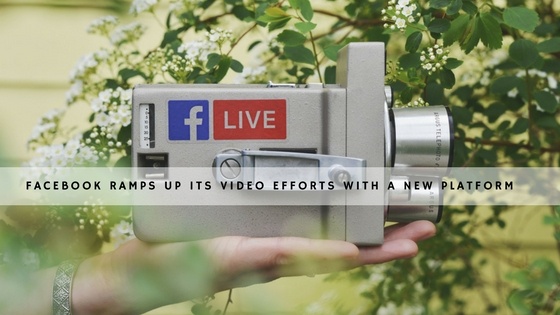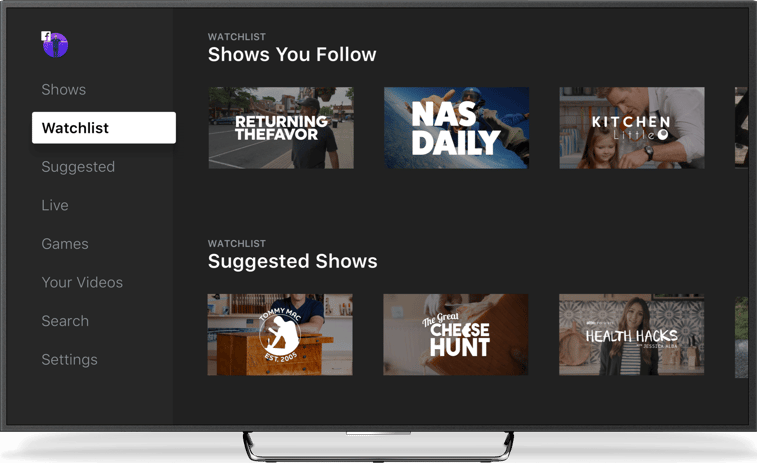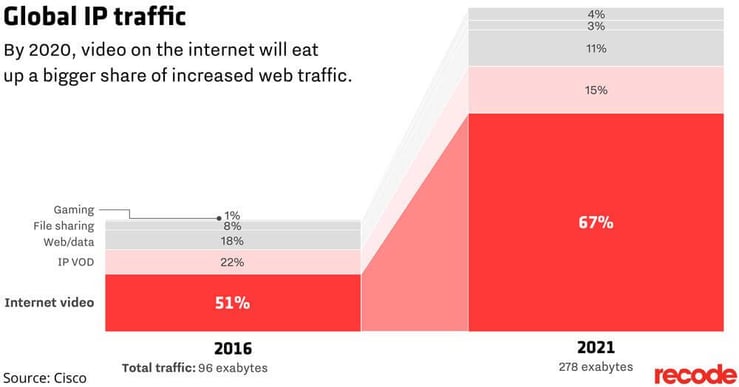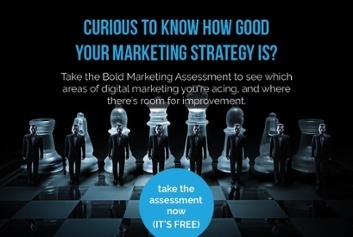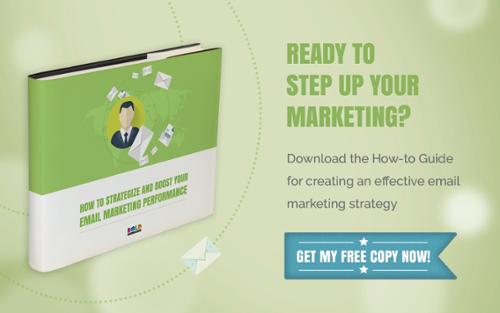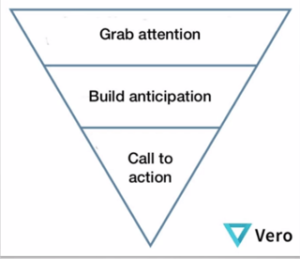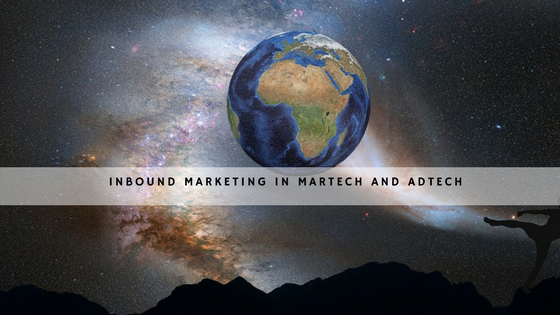John Doe
Architect & Engineer
We love that guy
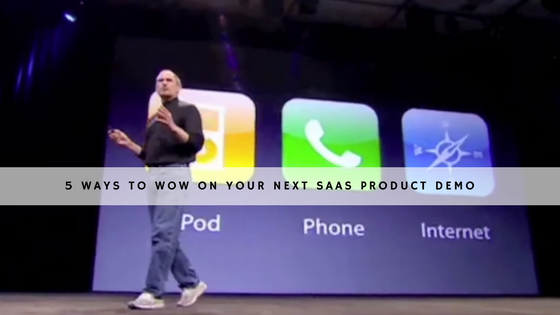
Introduction
Demos are really one of my favorite parts of the sales process. Something about them reminds me of staying home sick from school and watching reruns of old The Price is Right episodes. Suddenly, I’m walking out in a sparkly dress showing off a prized car with all of its top-of-the-line features and gadgets. The audience (perhaps by command of the applaud box), ooh’s and ah’s over the car, as they all envision themselves driving it down an empty highway into the sunset.
But then I snap back into reality.
Sure, demos are without a doubt one of the more fun parts of sales, showing off your key benefits and talking proudly about your product, but it should be so much more.
Before we talk about what makes a we-need-this-software-now demo, we should first discuss what makes a hmm-we’ll-keep-you-posted demo.

Classic demo pitfalls
Hmm-we’ll-keep-you-posted demos can contain the following elements:
1. Pre-recorded demo videos – Wow. I’m getting bored just thinking about one of these videos. No doubt it’s narrated by someone with a monotone (or automated) voice who’s going to walk you through each part of the software via a screen sharing video. The demo’s probably going to be long yet also somehow vague on the points you’re actually interested in. That is if you watch it for long enough to get to those parts. I know it sounds like I’m throwing a lot of shade at pre-recorded demo videos, but these can provide little to no value or personalization to your prospect — the two key ingredients in anything that’s going to be relationship and trust building.
2. Scripted demos – Be it on the phone or video call, having a script can put an impersonalized damper on the conversation. Giving the prospect the time to talk shows a real interest in helping, but if it’s going to be as generic as the video presentation above, you’re still missing those value-giving, personal-connecting tokens you’ll need to move the sale along.
3. Pushy demos – Like any other part of the sales process, being pushy isn’t helpful. You know your product isn’t for everyone. It’s like they say, “if you’re selling to everyone, you’re selling to no one”. As you educate and engage your prospects, uncovering pain points in their current strategy, be honest with yourself about if your tool is right for them. If it’s not, don’t drag it out and insist it’s good for them anyways. Better to admit there isn’t a fit, you don’t want to waste either of your time, and wish them well. It’s that easy.
5 Ways to Wow
Now that we have an idea of what not to do, let’s run through an ideal demo scenario. If your prospect has landed on your ‘Request a free demo!’ landing page, congrats! Chances are they didn’t get there on their first visit to your site. You’ve nurtured them into leads using resourceful and relevant content and now they’re ready to see what you’ve got. Here are 5 ways to make their demo memorable and have them heading to your pricing page to subscribe to the plan of their dreams.
1. Be prepared — Before your prospect even signs up for your demo, use your landing page to get to know your prospect better. Asking for their company name, job title (a great way to see if the contact is a decision maker), challenges, and goals can be a great way to get a feel of what they’re looking for even before you start your chat. Choose for yourself which fields to make obligatory or optional. Getting more information before the call can help you prepare better, but be sure that your prospects aren’t being scared off just because you’re asking questions they don’t trust you enough yet to give over. Additional tip: If you’re using HubSpot Marketing or other software that has captured information about previous engagement of the prospect (or other contacts from that company) with your website (such as pages they viewed, content offers they’ve downloaded, etc) make note of that. This can help you start to create a picture for yourself as to who they are, and what part of your software they’re most likely interested in.
2. Personalization — As you begin your call, don’t be afraid to review the notes you’ve taken from the point above with your caller. They’ll be pleasantly surprised that you’ve done your homework, and care to make this about THEM. Too many demos are about the software and what it can do. During this demo, it’s all about the prospect. What tactics have you been using up until now? How’s that working out for you? Is that producing the results you’re looking for? How does that affect you personally? What goals do you hope our tool might help you achieve? From here, you can suggest the two of you head over to specific parts of your tool that might best suit their needs. We’ve all been given tours and demos of various products with an emphasis on the features that aren’t relevant to us and tend to get boring quickly. Keep it personal, keep it relevant.
3. Be a storyteller — I like to think of a demo as a choose-your-own-adventure storybook. Now that you have a good idea of their role, their company, where their pain points are, and their goals, it’s time to start painting an interactive picture for them. Create an engaging atmosphere for them to envision using your software. Is it 9AM and they’ve just sat down at their desk? Are they on the go with a coffee in hand? Creating a scene might sound like theatrics, but it’s a great way to humanize the experience and help the prospect see your tool as a functional part of their working experience.
4. Pause and reflect — No matter how much a prospect did research about your tool before starting, nothing can prepare them for the live demo. The design, the layout, the tabs that lead to sub-tabs that lead to that action they want to take. It’s a lot for someone to take in. Be sure at the beginning to set an agenda and reassure prospects that there’s going to be X amount of time allotted for Q&A at the end of the demo. Not only is debriefing important, but be sure to check in after each section of your tutorial to ensure your participant understands what you’ve covered or if he wants you to go over something again. Remember, your software is your bread and butter, but to your lead, it’s a totally foreign language. Sympathize, joke, and regroup when needed.
5. Next steps — After asking if the prospect has any final questions and wishing them well, you’ve just developed a relationship with this lead. When done right, you should have a real sense of who they are, what their role is, pains they experience, and if your SaaS software is a potential solution for them. No matter if there’s a fit or not, go ahead and send them a thank you email. According to an Adestra’s 2015 Subject Line Report, email subject lines including the words “thank you” or “thanks” placed on their top 10 list of highest above-average engagement levels. Feel free to review some of the points you’ve discussed and let them know that you’re there for any of their ‘morning-after’ questions. They’ll be thankful for the follow up.
Pro-tip: Trials vs. Demos
It can’t be denied that demos aren’t for every SaaS company. For some, free trials can be a better fit because their product is more self-explanatory, or they don’t have the manpower to conduct one-on-one demos. That being said, marketing advisor and inbound enthusiast Jennifer Bischoff suggests that many SaaS companies have reported being upset with their trials as prospects tend to lose interest during the trial period due to a lack of personalization or handholding.
Our take-away? When possible, offer both. Provide an interactive demo if that’s what’s needed by a prospect. If they’re looking just to play around and get a feel for your tech on their own time, go ahead and offer a trial as well.
Conclusion
Live demos are a great way to personalize a prospect’s decision experience. As they decide if your solution is what they’re looking for, it’s important to remember that your company is a software as a service, and likewise, it’s important for you to keep in mind that personalized and valuable service is what will build trust-based relationships with your prospects. That way, when the time is right, you’ll be the tool they subscribe to.










